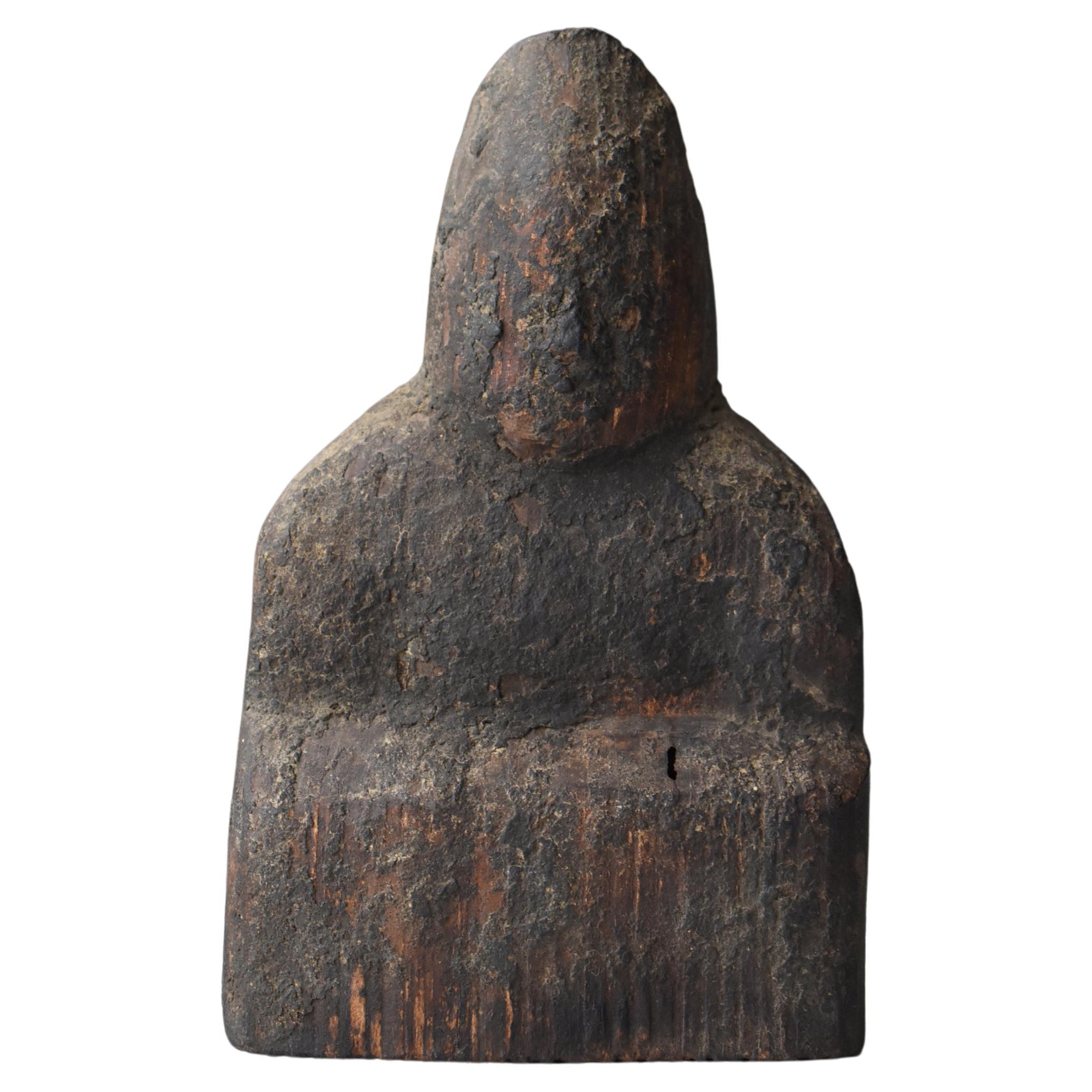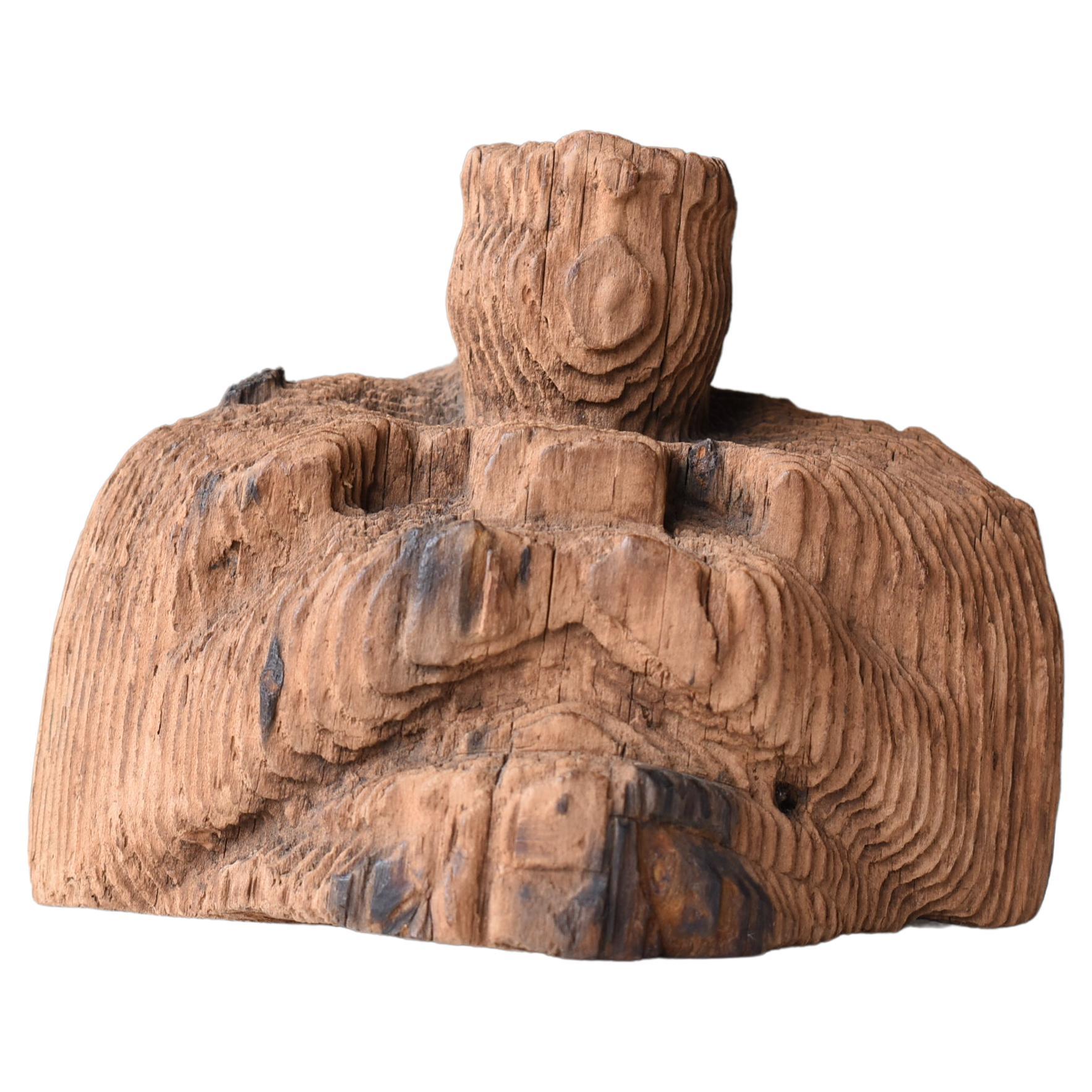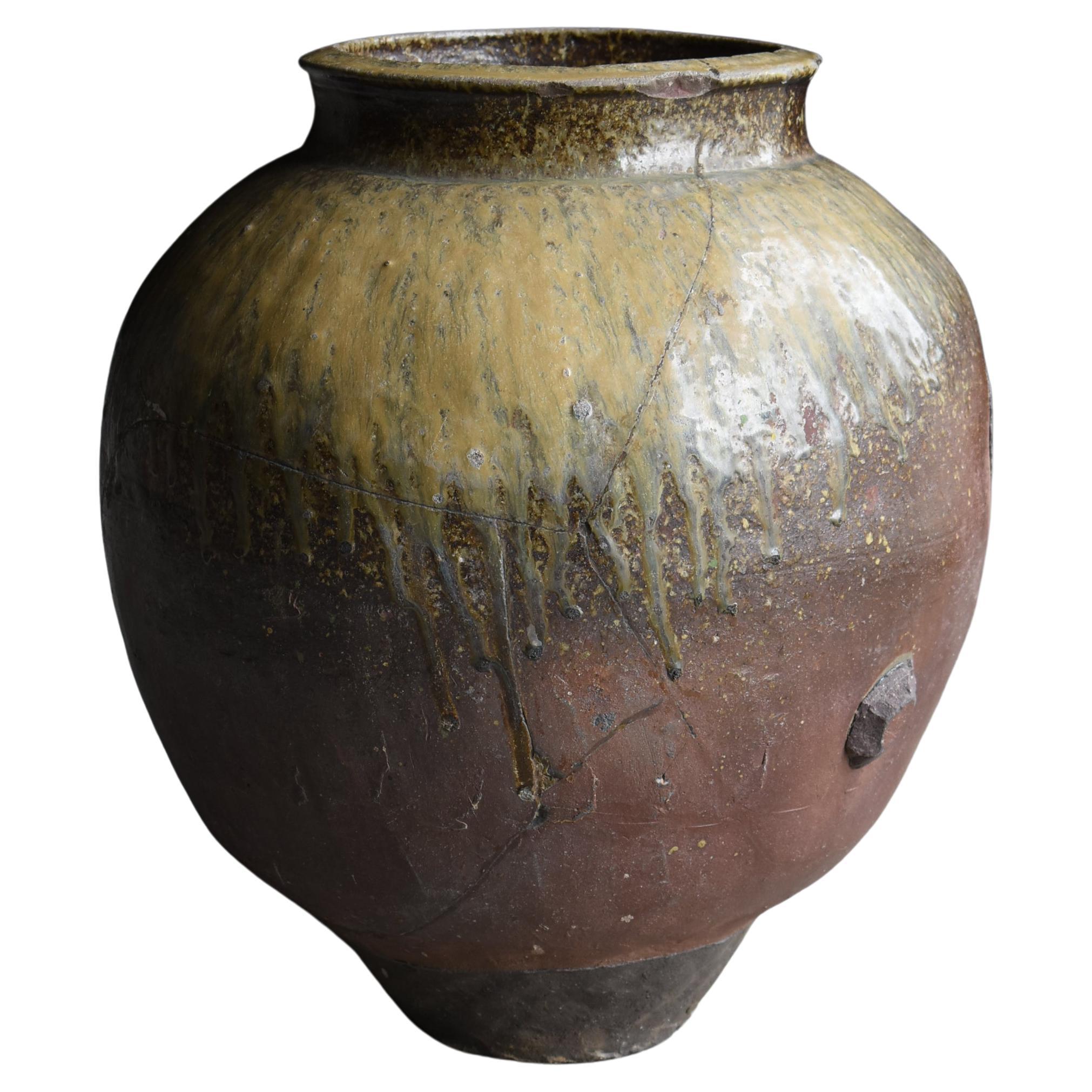Items Similar to Japanese Antique Wood Carving Buddha 1700s-1800s / Figurine Object Wabi Sabi
Want more images or videos?
Request additional images or videos from the seller
1 of 13
Japanese Antique Wood Carving Buddha 1700s-1800s / Figurine Object Wabi Sabi
About the Item
This is a very old Japanese wooden Buddha.
It is a wood carving from the Edo period (1700s-1800s).
It appears to be carved out of cedar wood.
It is indescribably beautiful with dust and soot accumulated over the years.
It is a very rare item.
Weight 400g.
About the Seller
5.0
Platinum Seller
These expertly vetted sellers are 1stDibs' most experienced sellers and are rated highest by our customers.
Established in 2015
1stDibs seller since 2020
1,108 sales on 1stDibs
Typical response time: 3 hours
- ShippingRetrieving quote...Ships From: Choseigun, Japan
- Return PolicyA return for this item may be initiated within 7 days of delivery.
More From This SellerView All
- Japanese Antique Wood Carving Male God 1600s-1700s / Figurine Object Wabi SabiLocated in Sammu-shi, ChibaThis is a very old Japanese wood carving of a male deity. It is a wood carving from the early Edo period. (1600s-1700s) It has been cherished as a god for the people. Carved from ce...Category
Antique Early 17th Century Japanese Edo Sculptures and Carvings
MaterialsCedar
- Japanese Antique Wood Carving Heavenly God 1800s-1860s / Figurine Wabi SabiLocated in Sammu-shi, ChibaThis is a very old Japanese wood carving of a god. It is called "Tenjin. Tenjin" is a general term for "a god who lives in heaven. This wood carving dates from the Edo period (1...Category
Antique Late 19th Century Japanese Edo Sculptures and Carvings
MaterialsCedar
- Japanese Antique Wabi Sabi Object 'Unity of Pottery Fragment' 1700s-1800sLocated in Sammu-shi, ChibaA very old Japanese pottery fragment aggregated. The item is from the Edo period (1700s-1800s). This item was born quietly while Pottery Vases wer...Category
Antique Late 18th Century Japanese Edo Antiquities
MaterialsCeramic, Pottery
- Japanese Antique Wood Carving Turtle 1800s-1860s/Folk Crafts Object MingeiLocated in Sammu-shi, ChibaThis is a very old Japanese carved wooden turtle. This item is from the Edo period (1800s-1860s). It is made of cedar wood. Very rare item. Turtles have...Category
Antique Late 19th Century Japanese Edo Sculptures and Carvings
MaterialsCedar
- Japanese Antique Wood Carving Monkey 1860s-1900s / Figurine Sculpture Wabi SabiLocated in Sammu-shi, ChibaThis is a very old Japanese wood carving of a monkey. It is a wood carving from the Meiji period (1860s-1900s). It appears to be carved from cedar wood. "Monkey holding a peach" Pea...Category
Mid-20th Century Japanese Meiji Sculptures and Carvings
MaterialsCedar
- Japanese Antique Wood Carving Elephant 1860s-1920s / Wabi Sabi Sculpture ObjectLocated in Sammu-shi, ChibaThis is a very old Japanese elephant wood carving. This wood carving dates from the Meiji period (1860s-1920s). We estimate the material to be cedar w...Category
Early 20th Century Japanese Meiji Sculptures and Carvings
MaterialsCedar
You May Also Like
- Antique Wooden Japanese Buddha from JapanLocated in DEVENTER, NLMaterial: wood 47 cm high 29,3 cm wide and 22,2 cm deep Weight: 3.7 kgs Gilded with 24 krt. gold Abhaya mudra Originating from Japan Late 18th / ear...Category
Antique Late 18th Century Japanese Sculptures and Carvings
MaterialsWood
- Monumental Japanese Bas Relief Carving on Natural Wood SlabLocated in Vero Beach, FLMonumental Japanese bas relief carving on natural wood slab Palatial sized Japanese wood carving from the Meiji Period (1868-1912). This stunning sc...Category
Antique Late 19th Century Japanese Japonisme Sculptures and Carvings
MaterialsWood, Lacquer
- Japanese Wood Gilt Lacquer Buddha Buddhist Temple Traveling Zushi Shrine AltarLocated in Studio City, CAA wonderful Japanese Buddhist portable traveling zushi shrine altar with Amida Buddha (Amitabha) concealed inside the folded wood doors. This work dat...Category
Early 20th Century Japanese Showa Sculptures and Carvings
MaterialsMetal, Gold Leaf
- Antique Bronze Buddha from Burma Original BuddhasLocated in DEVENTER, NLThis antique bronze Buddha statue is a truly unique and special collectible piece. Standing at 24 cm high and weighing 0.661 kgs, it is made of b...Category
Antique 18th Century Burmese Sculptures and Carvings
MaterialsBronze
- Antique sitting Buddha from Burma Original BuddhasLocated in DEVENTER, NLThis antique wooden Buddha statue is a truly unique and special collectible piece. Standing at 43 cm high, it is made of wood and it is in the Shan (Tai Yai) style, depicting the Bhumisparsha mudra. This statue is believed to originate from Burma, dating back to the 19th century. The statue is goldplated, adding to its beauty and value. It weights 4.45 kgs. It is a perfect example of Burmese craftsmanship and religious art. This statue is a rare find for any collector of antique Asian art...Category
Antique 19th Century Burmese Sculptures and Carvings
MaterialsWood
- Japan 1890 Meiji Period Ebisu Sculpture in Wood Carving of an Old FishermanLocated in Miami, FLAn extremely well detailed wood carving of Ebisu, as a fisherman. Beautiful and well detailed sculpture, created in Japan during the Meiji dynastic period (1868-1912) back in the 1890's. This piece represent the god of good fortune Ebisu. Was exceptionally carved and executed from one solid single piece of rose wood, showing a gorgeous face expression, with intricate details in the hands and feets, he's carrying as usual a rod and a fish. Ebisu (yebisu), ???, god of fortune, the ocean and fisherman. In the japanese mythology is one of the seven gods of luck, sichi-fuku-jin, the patron of the fisherman and tradesmen. he is depicted as a bearded, smiling fisherman with formal long court ropes, often carrying a rod in one hand and a tai, symbolic fish of the good luck, in the other. The height is 14.25 inches (36.20 cm) and the base measurements is 6.5 by 6.45 inches (16.5 x 16.38 cm). Meiji period, is an era of Japanese history that extended from October 23, 1868 to July 30, 1912.The Meiji era was the first half of the Empire of Japan, when the Japanese people moved from being an isolated feudal society at risk of colonization by Western powers to the new paradigm of a modern, industrialized nation state and emergent great power, influenced by Western scientific, technological, philosophical, political, legal, and aesthetic ideas. As a result of such wholesale adoption of radically different ideas, the changes to Japan were profound, and affected its social structure, internal politics, economy, military, and foreign...Category
Antique 1890s Japanese Meiji Sculptures and Carvings
MaterialsWood
Recently Viewed
View AllMore Ways To Browse
Antique Carving
Antique Carvings
Antique Furniture Carvings
Antique Furniture Carving
Antique Furniture From 1800s
Antique Furniture From The 1800s
Wood 1800s
Antique 1700S
1700S Antique
Japanese Wood Objects
Japan Wabi
Japanese Sabi
Japan Wabi Sabi
Japanes Wabi Sabi
Japanese Wabi Sabi
18th Century Wood Carving
Used Cedar Wood
Wabi Sabi Wood





